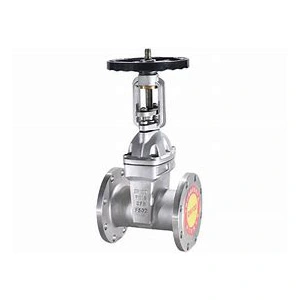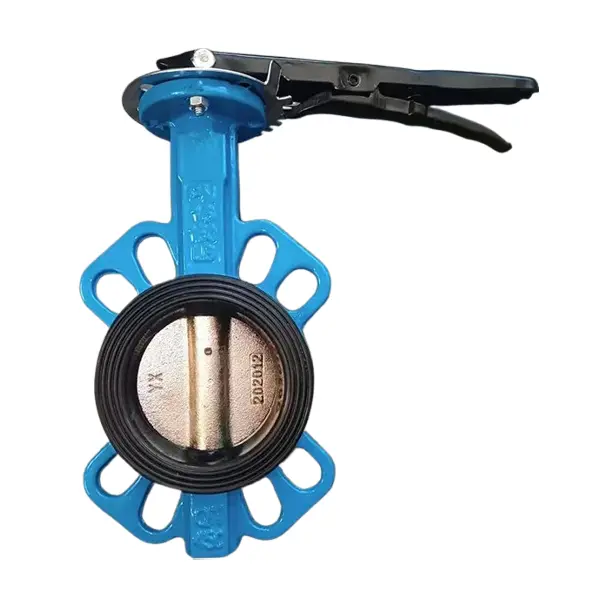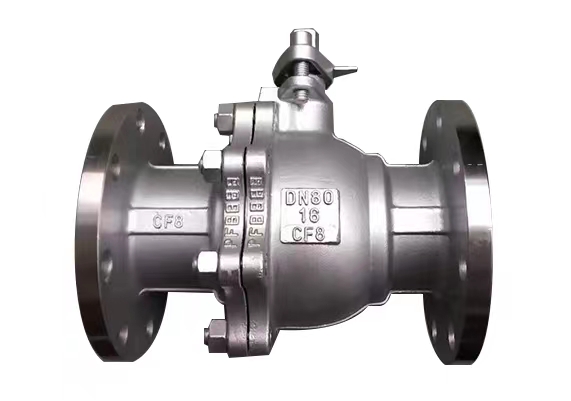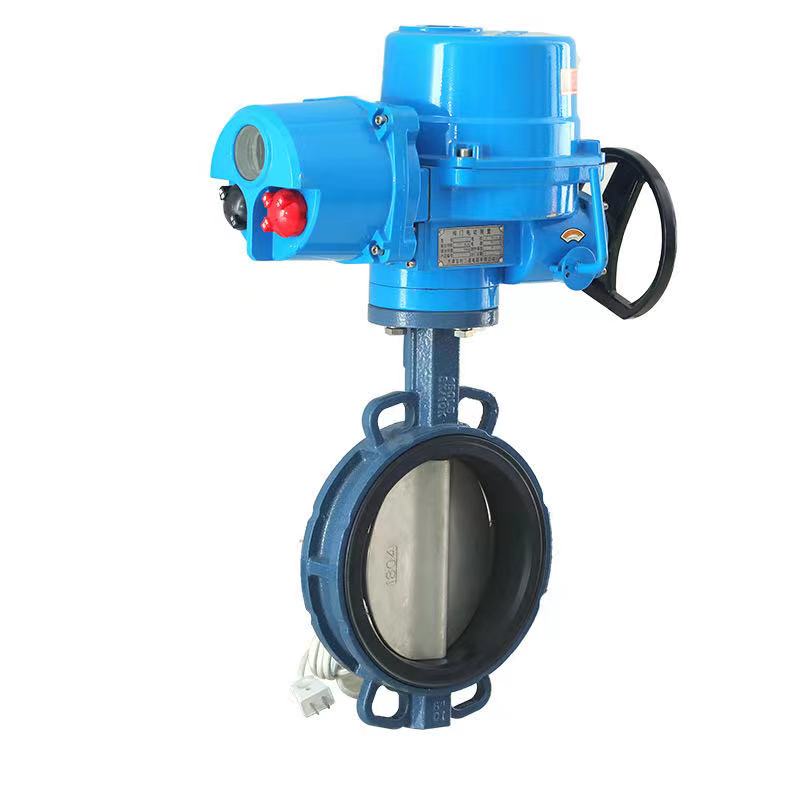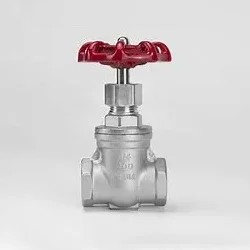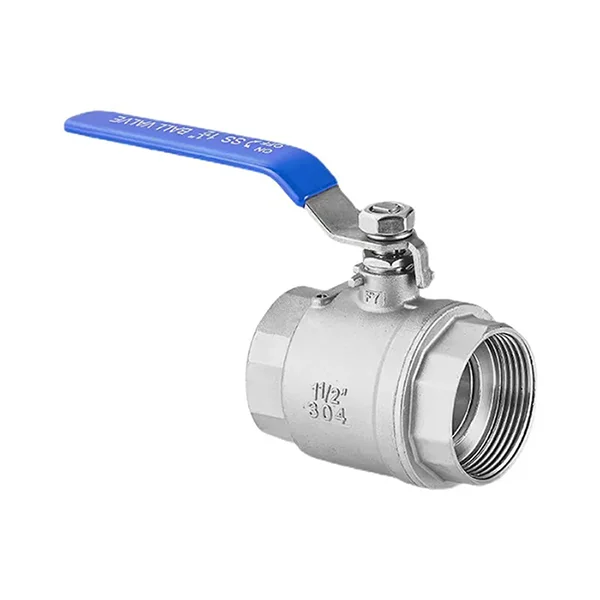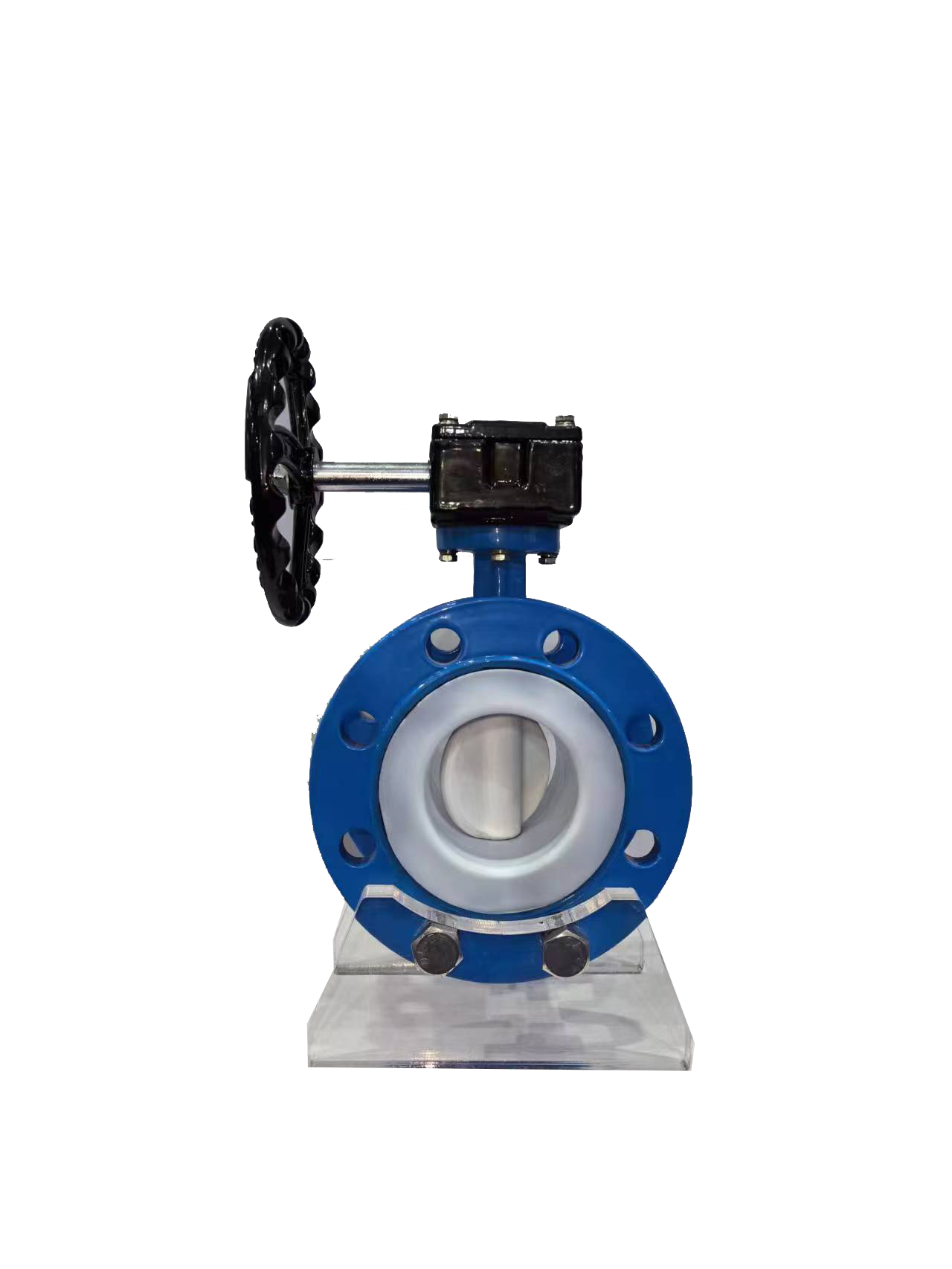- English
- Español
- Português
- русский
- Français
- 日本語
- Deutsch
- tiếng Việt
- Italiano
- Nederlands
- ภาษาไทย
- Polski
- 한국어
- Svenska
- magyar
- Malay
- বাংলা ভাষার
- Dansk
- Suomi
- हिन्दी
- Pilipino
- Türkçe
- Gaeilge
- العربية
- Indonesia
- Norsk
- تمل
- český
- ελληνικά
- український
- Javanese
- فارسی
- தமிழ்
- తెలుగు
- नेपाली
- Burmese
- български
- ລາວ
- Latine
- Қазақша
- Euskal
- Azərbaycan
- Slovenský jazyk
- Македонски
- Lietuvos
- Eesti Keel
- Română
- Slovenski
- मराठी
- Srpski језик
- Esperanto
- Català
- שפה עברית
- Cymraeg
- Latviešu
- icelandic
- ייִדיש
- беларускі
- Hrvatski
- Kreyòl ayisyen
- Shqiptar
- Malti
- lugha ya Kiswahili
- አማርኛ
- Bosanski
- Frysk
- ភាសាខ្មែរ
- ქართული
- ગુજરાતી
- Hausa
- Кыргыз тили
- ಕನ್ನಡ
- Corsa
- Kurdî
- മലയാളം
- Maori
- Монгол хэл
- Hmong
- IsiXhosa
- Zulu
- Yoruba
- অসমীয়া
- ଓଡିଆ
- Twi
- Samoa
- Sesotho
- සිංහල
- Gàidhlig
- Cebuano
- Somali
- Тоҷикӣ
- O'zbek
- Hawaiian
- سنڌي
- Shinra
- Հայերեն
- Igbo
- Sundanese
- Lëtzebuergesch
- Malagasy
- Tǝlam Kanuri
- Punjabi
- پښتو
- Chichewa
How to choose a reliable butterfly valve?
2025-09-09
Choosing a reliable butterfly valve requires comprehensive consideration of its structure, material, and operating conditions.
The structural type is the basis for selecting butterfly valves. Medium low pressure and room temperature conditions (such as water supply systems) are suitable for centerline butterfly valves, which have a simple structure and low cost; Double eccentric butterfly valves can be used in medium pressure and medium temperature environments (such as urban heating pipelines), with better sealing performance than medium line valves; Three eccentric butterfly valves must be selected for high temperature and high pressure harsh working conditions (such as steam, oil and gas pipelines), whose metal sealing surface is resistant to high temperature and high pressure, has a long service life, and reliable sealing. For example, when transporting corrosive media in chemical pipelines, the 316 stainless steel valve body+PTFE sealing structure of the three eccentric butterfly valve can effectively resist chemical corrosion.

The material selection directly affects the durability of butterfly valves. The valve body material should match the working pressure: cast iron valve bodies can be used in low-pressure and room temperature scenarios (such as air conditioning water systems); Carbon steel or stainless steel valve bodies should be selected for medium and high pressure environments (such as oil pipelines); Strong corrosion conditions (such as seawater desalination) require special alloy materials. In terms of sealing materials, non corrosive media (such as water and air) are suitable for rubber sealing; Chemical media (such as acids and bases) need to be sealed with polytetrafluoroethylene (PTFE); Metal sealing (such as stainless steel or hard alloy) must be used in high temperature and high pressure scenarios.
Working condition adaptation is the core principle of butterfly valve selection. It is necessary to clarify the type of medium (gas/liquid/particle containing medium), temperature range (-196 ℃ to 600 ℃), pressure rating (PN10 to Class2500), and flow control requirements (switch type/regulating type). For example, if a sewage treatment plant needs to discharge large amounts of sewage, it should choose a cast iron valve body with a diameter of DN300 or above and a rubber lined butterfly valve; When conveying viscous media such as syrup in food processing plants, eccentric butterfly valves should be used to reduce frictional resistance.
Related News
- Can check valves prevent pump reversal
- What scenarios are check valves suitable for?
- What should I do if the check valve cannot stop the water?
- What should I do if there is leakage inside the check valve
- What are the types of check valves
- Are there any requirements for the installation direction of butterfly valves?
New Products


